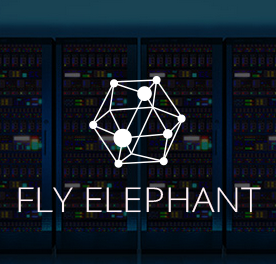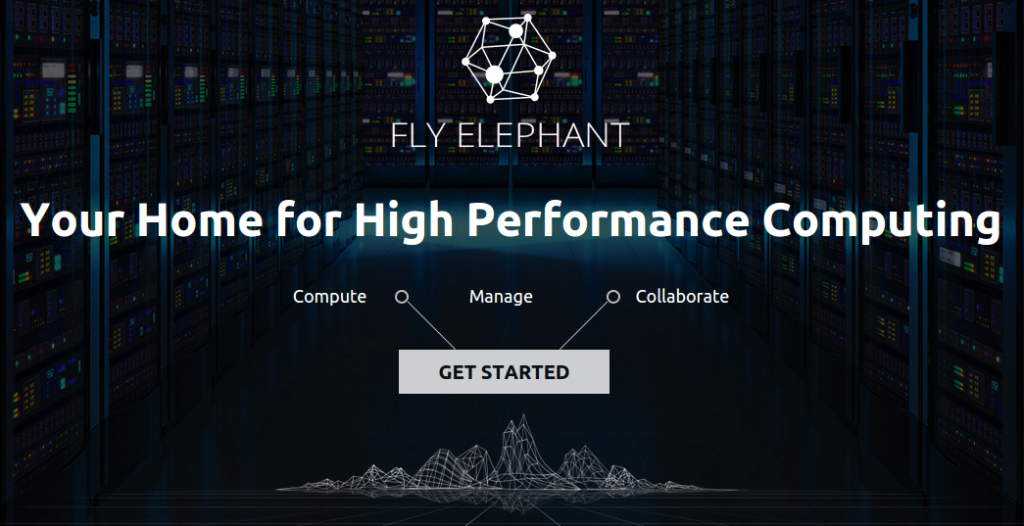My computer can do that… when Elephants Fly
…the point is that students of our Summer School 2016 will be among the first in Spatial Ecology’s network to see elephants fly as we are solidifying a partnership with FlyElephant.net.
If you’re just getting started with exploring what Big Data is and what tools and methods are used in Big Data science, you probably have seen quite a bit of discussion of computer performance and associated hardware. Furthermore, unless you’re a university student with access to a specialized computer lab with machines that can handle large datasets and perform complex raster processing, you may be wondering how exactly you can work with Big Data (or, depending on your computer specs any amount of data). If you’re already a Big Data scientist stuck with a low-performance machine, you might be wondering how you’ll keep up with technology advances.
Of course one way around the limitations of your own computer performance is grid data processing networks or computer clusters where complex processes are distributed to multiple machines. But as a student or a professional with limited resources you might be in a bind for the processing power you need to explore the kind of Big Data that tickles your fancy. You might think: My computer can handle that, when Elephant Fly!
Pardon the euphemism, but the point is that students of our Summer School 2016 will be among the first in Spatial Ecology’s network to see elephants fly as we are solidifying a partnership with Flyelephant.net. Students who attend our training courses will have access to FlyElephant’s web supported OSGeoLive operating system. Critical for students will be the exposure to the rich data processing environment offered by FlyElephant. Processing raster data in a cloud environment relaxes the pressures to have a high-performance machine for processing Big Data. FlyElephant also has resources for collaboration and managing projects remotely.
What does this mean for Spatial Ecology? Our partnership will lead to additional resources for processing UAS data, remote sensing data or any data and added tutorials on our wiki page for integrating Open Source tools we currently cover into a workflow based on FlyElephant’s cloud resources.
So far Spatial Ecology has taught cloud computing on-demand services with the use of awarded educational grants for Microsoft Azure and Amazon Web Services (AWS EC2). The new partnership with FlyElephant enables us to increase our cloud computational capacities both for teaching and real data processing. FlyElephant is providing ad hoc operating systems solutions for our students (OSGeo-live), drone images processing for 3d and orthophoto WPS (Web Processing Services) and Rasdaman cloud platform. Furthermore, we will be able to develop and add other software solutions to FlyElephant which potentially will be widely used within the open source geoprocessing community of researchers and other users.

